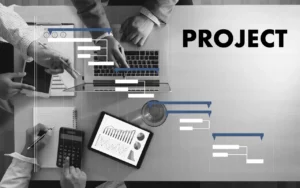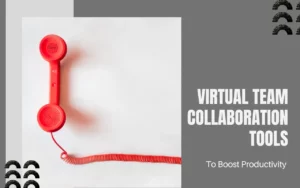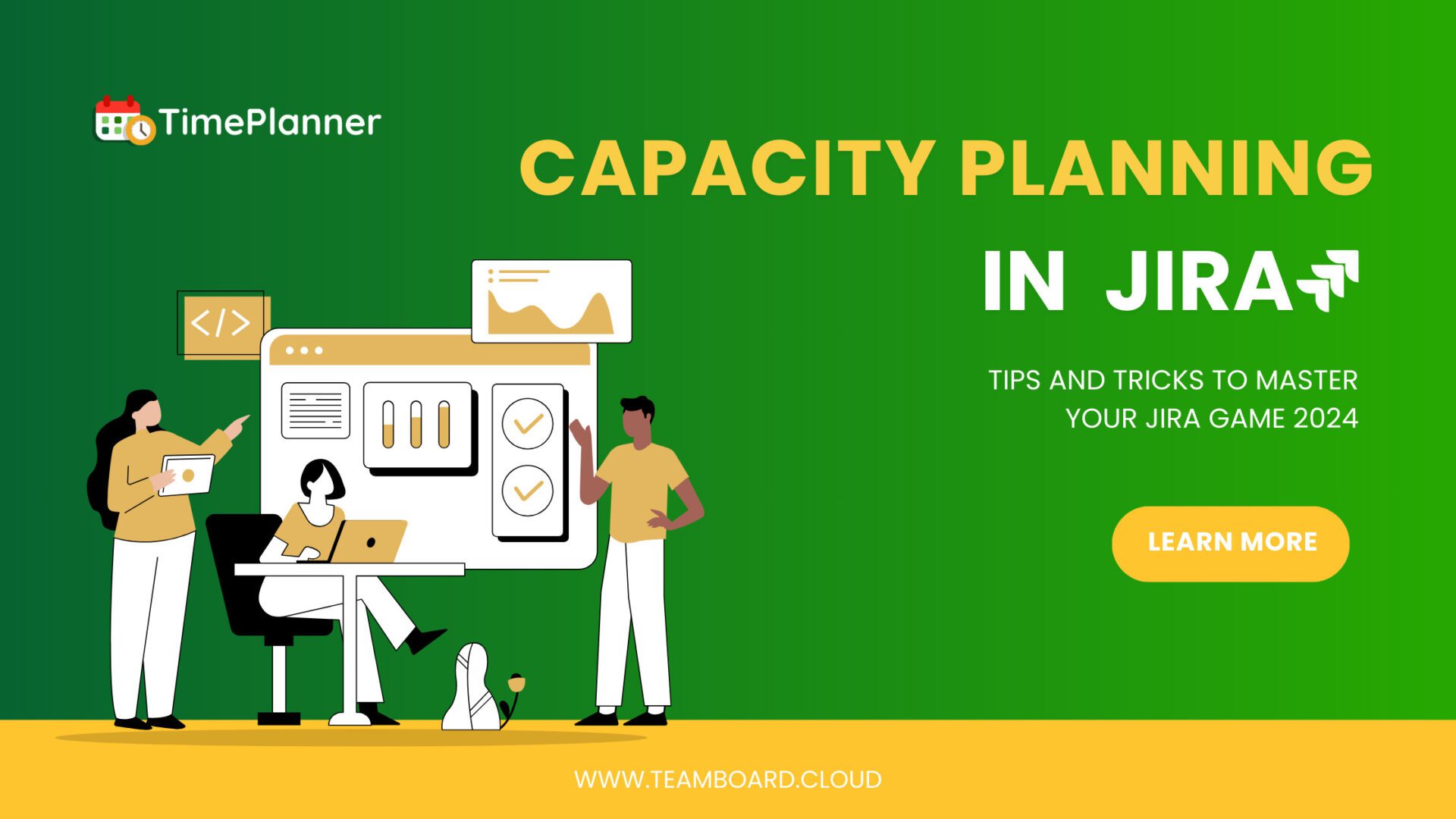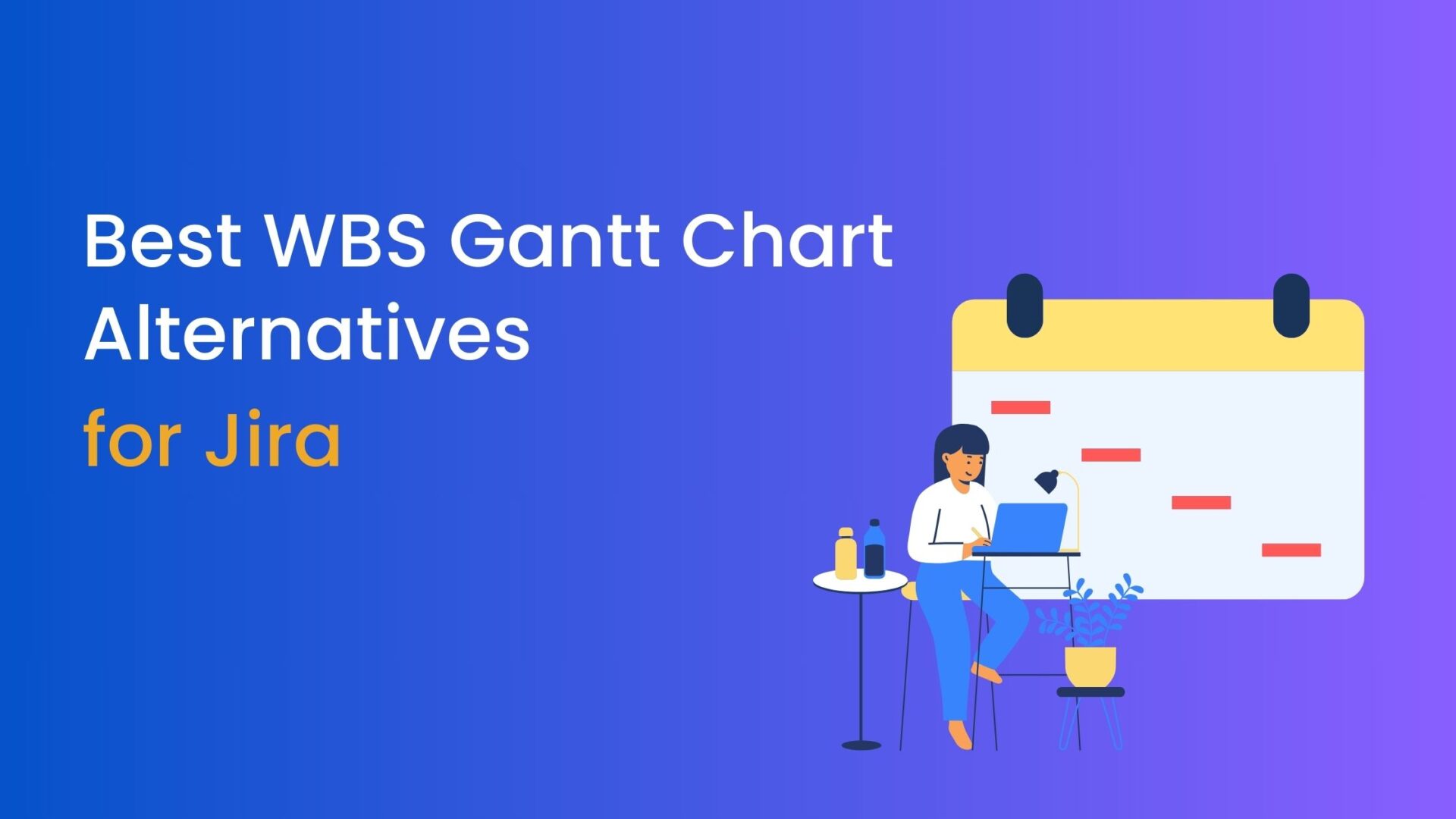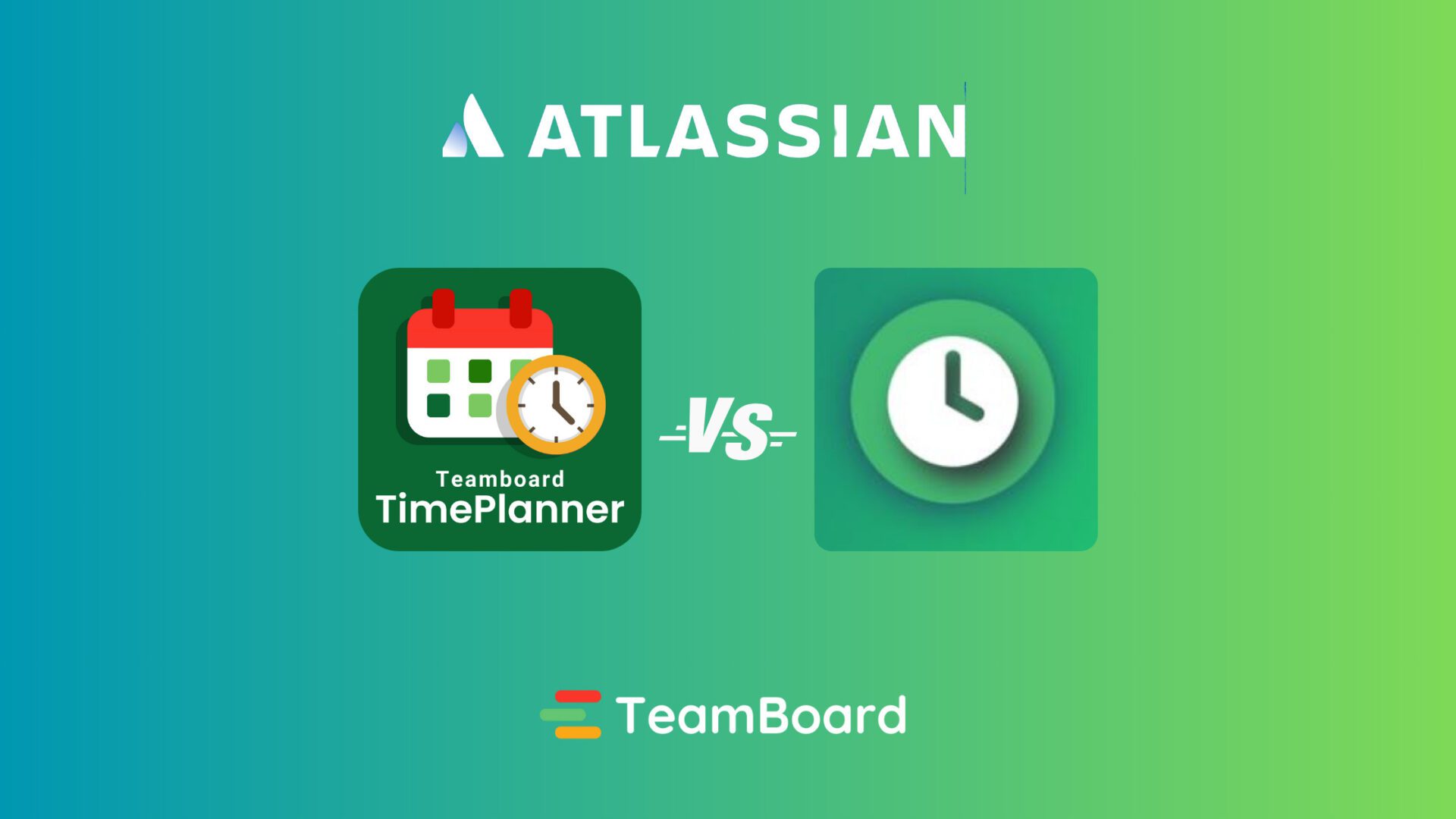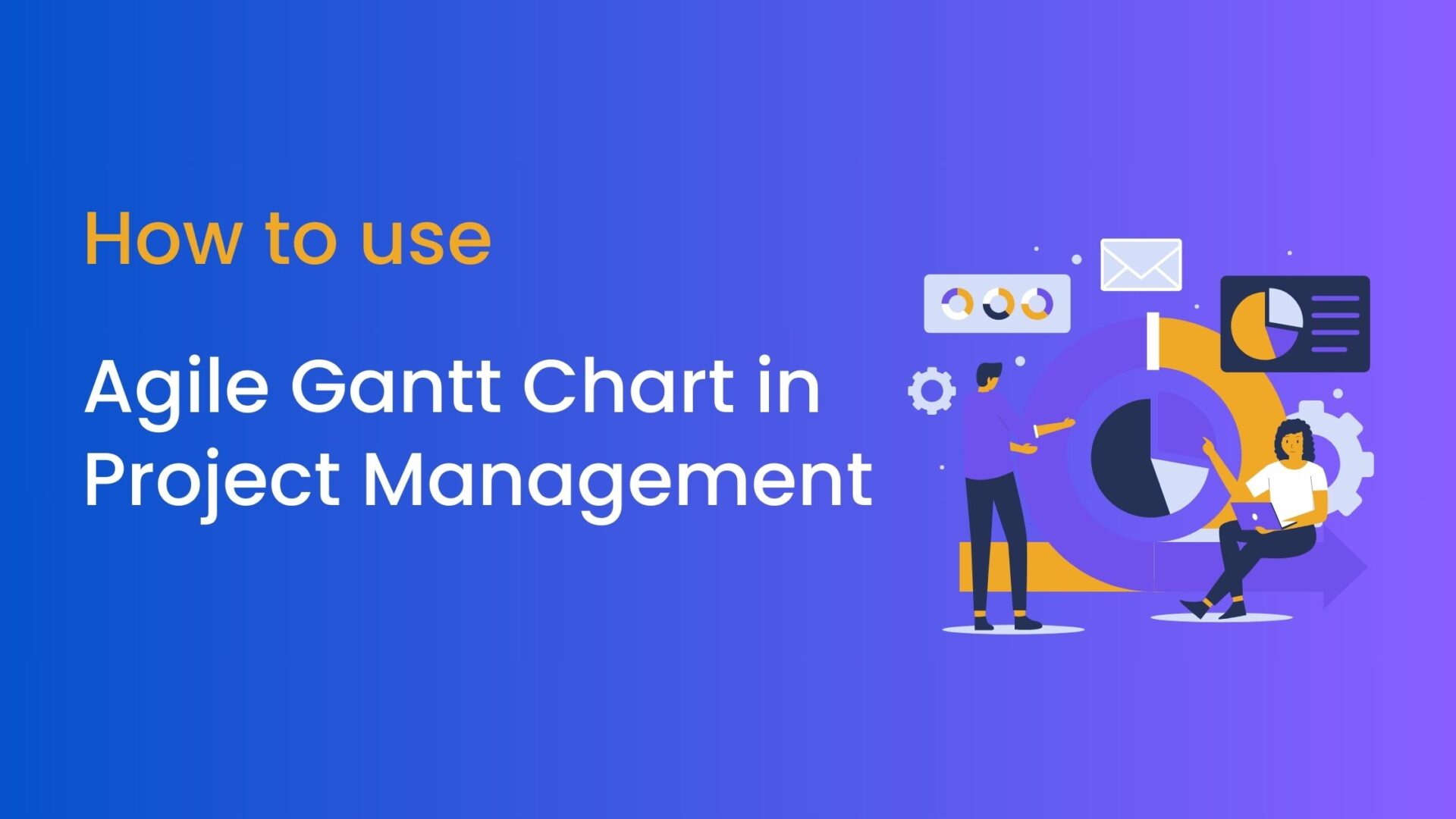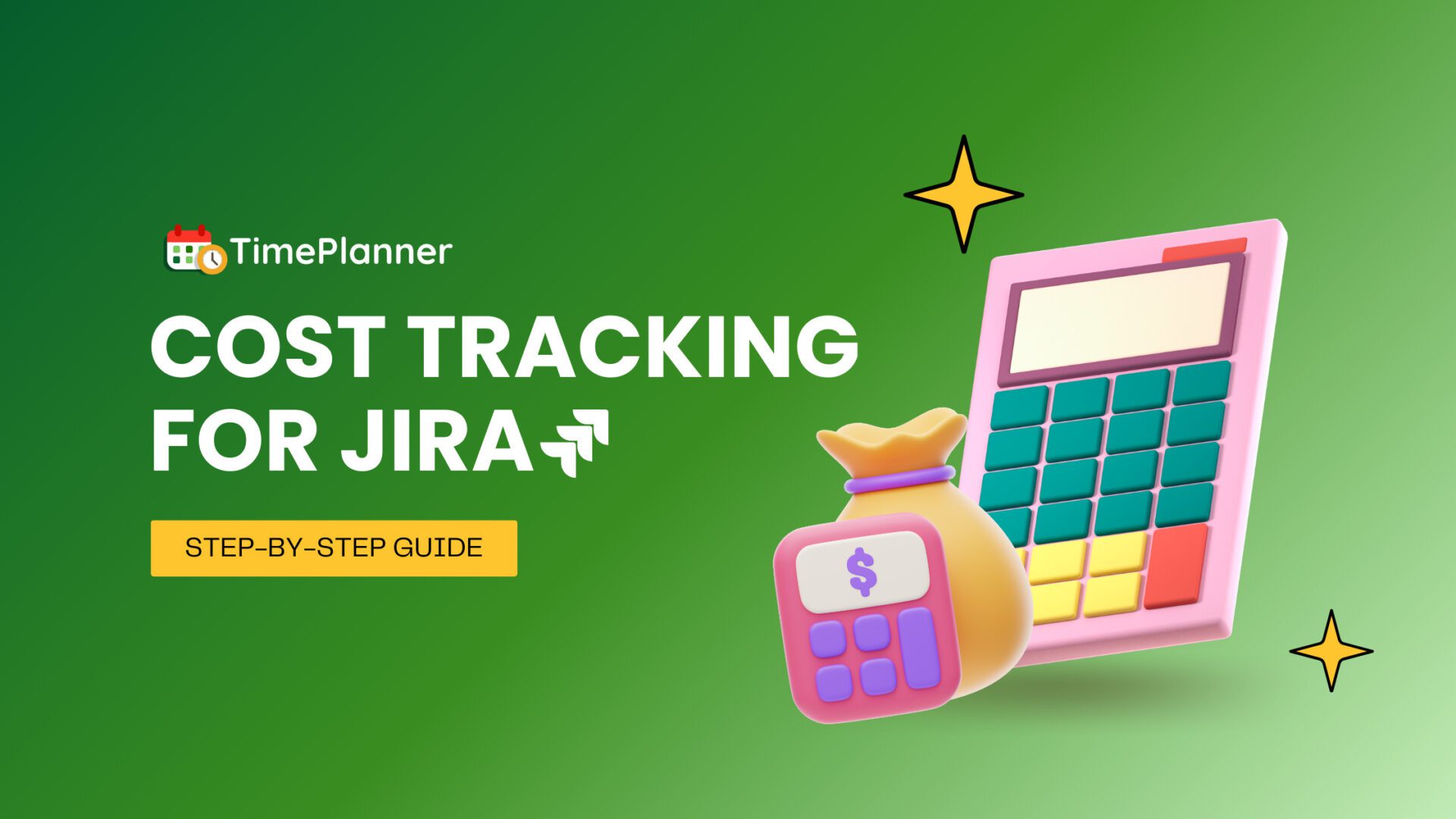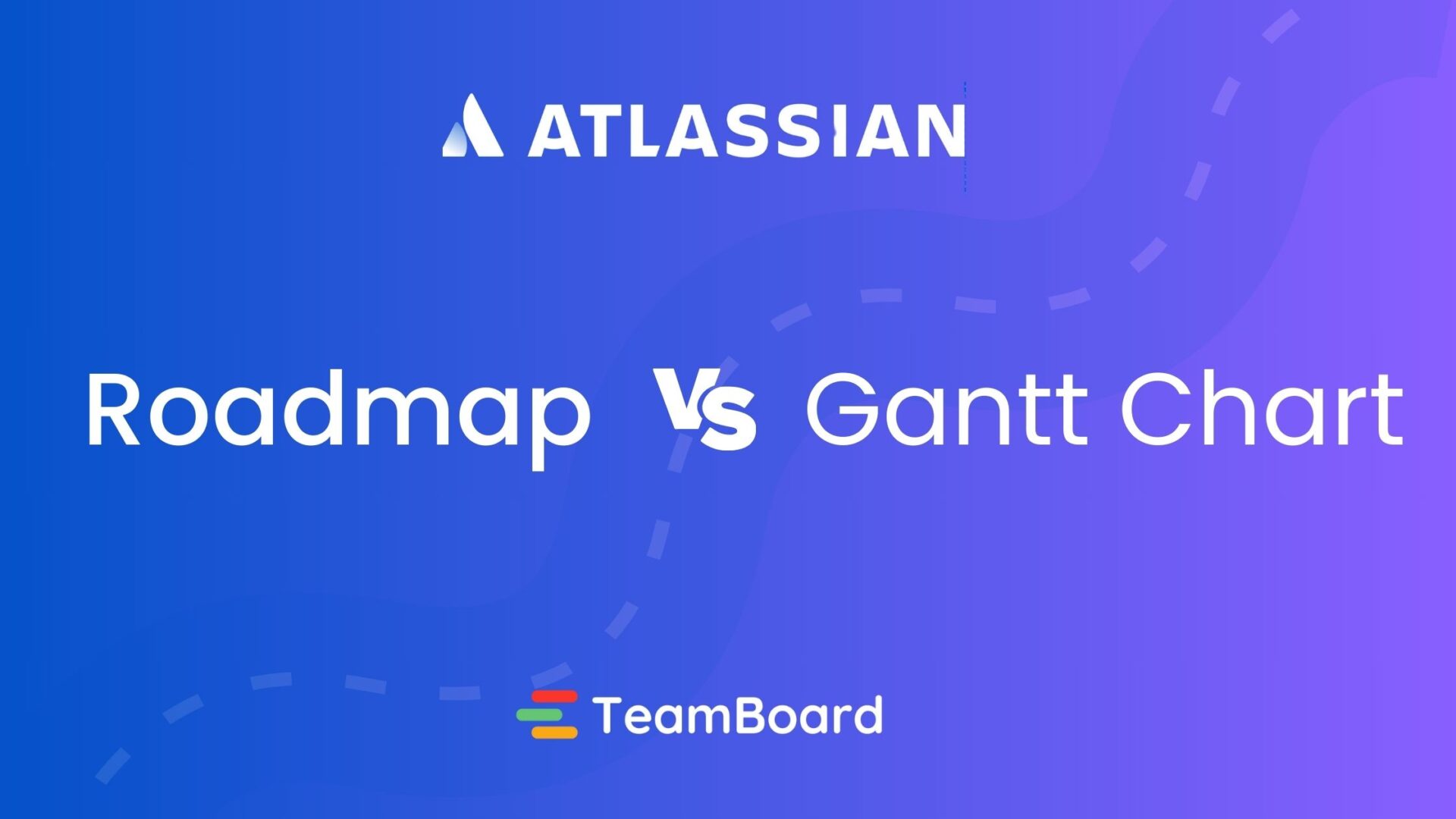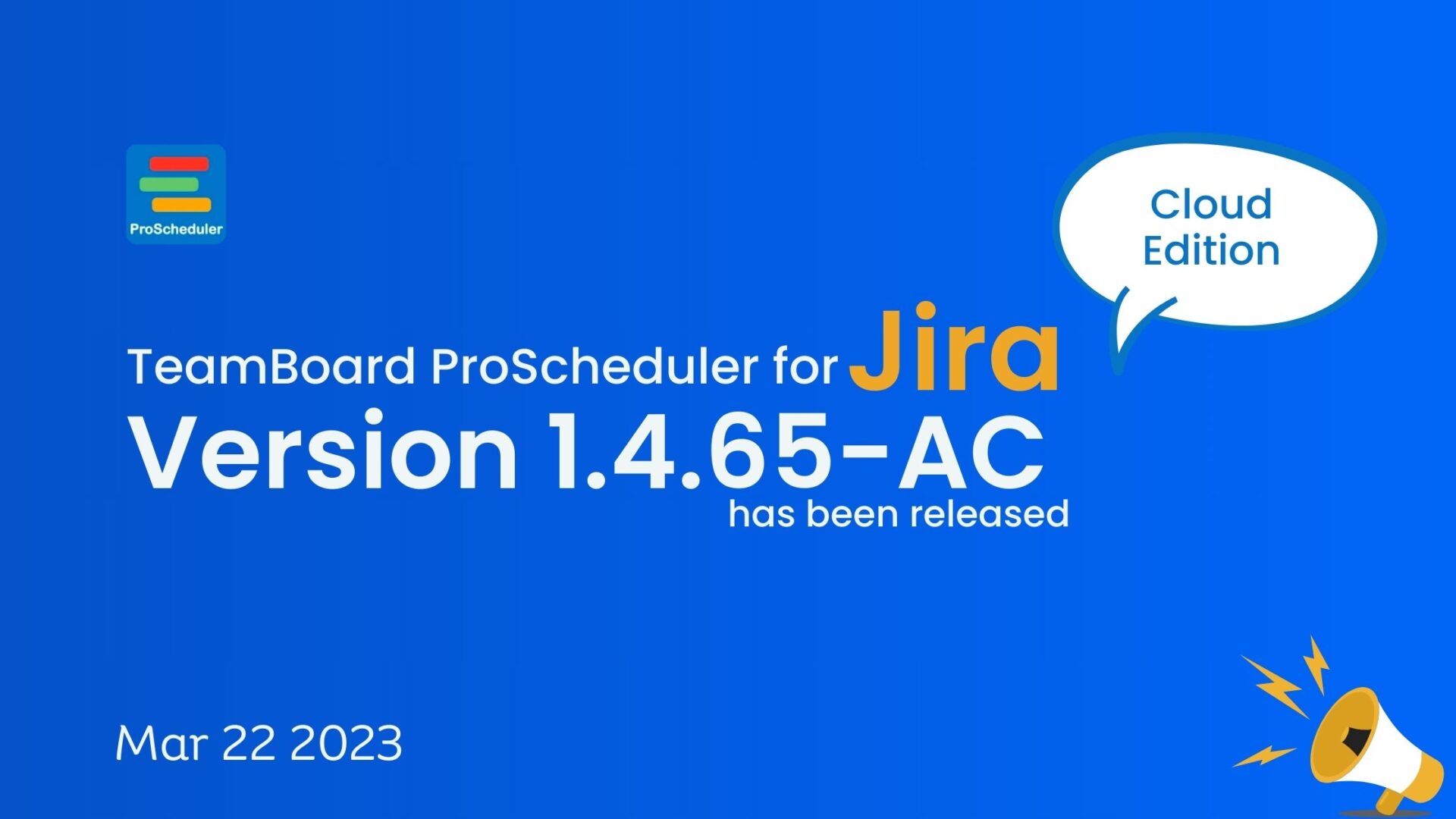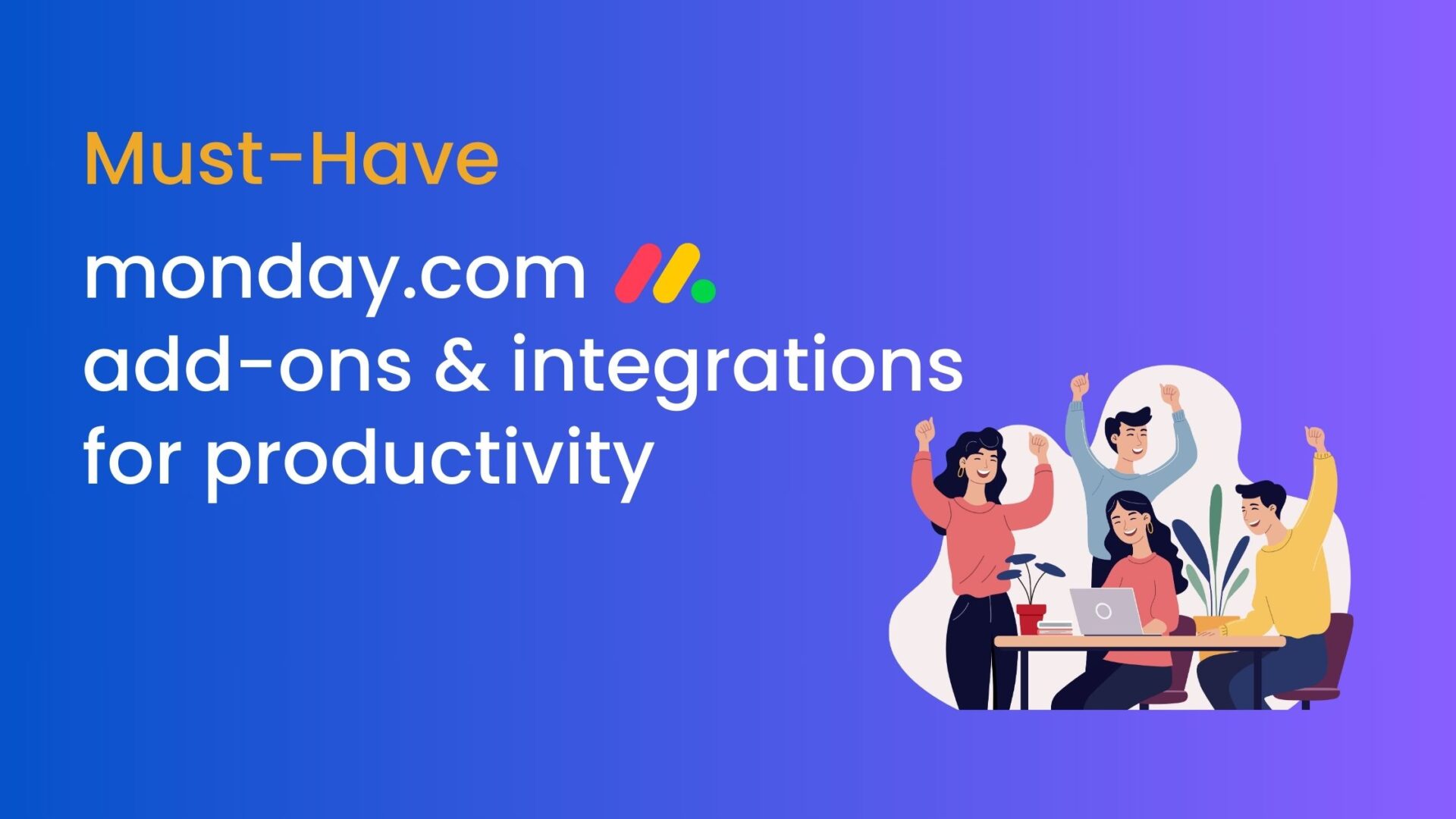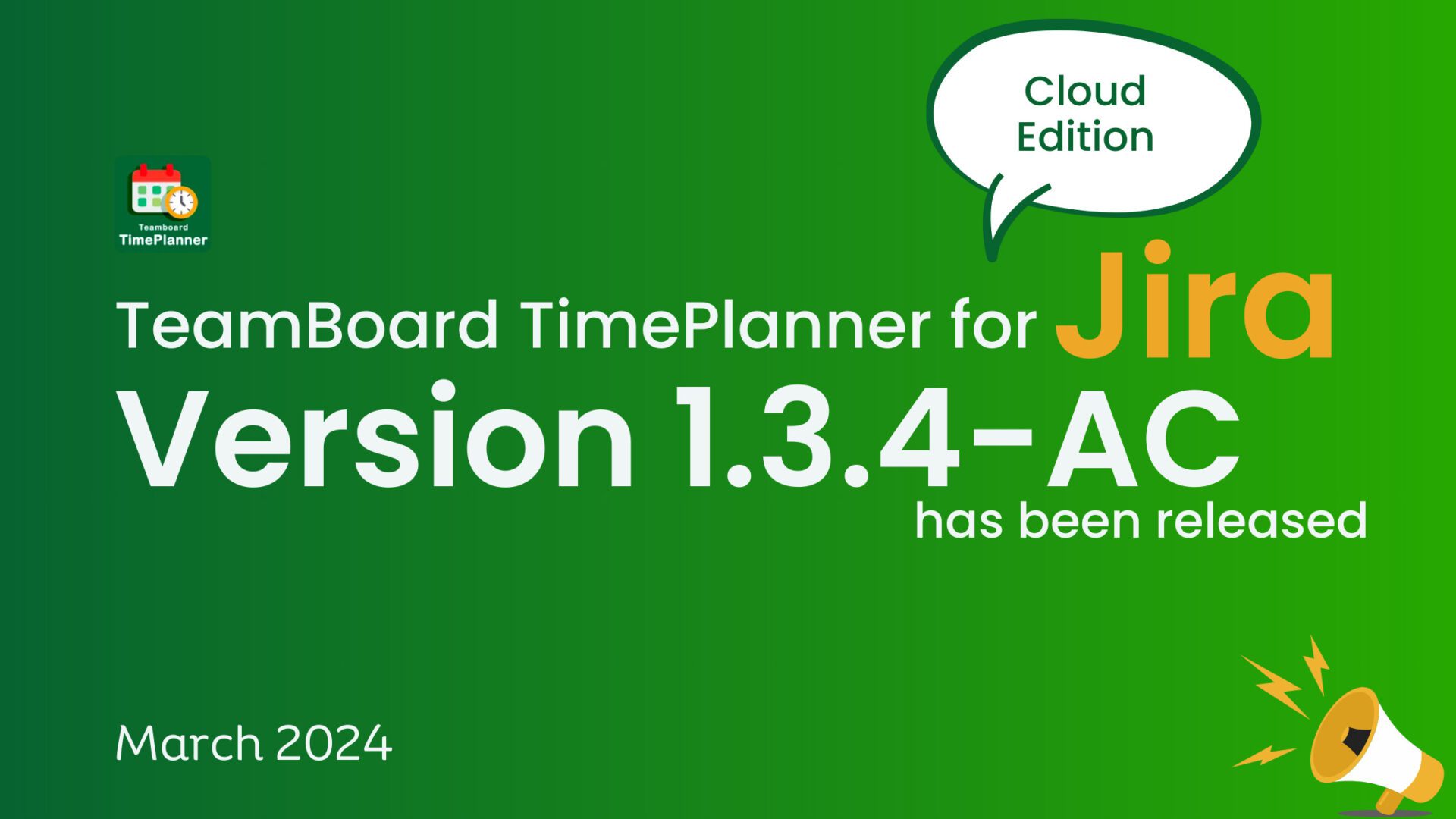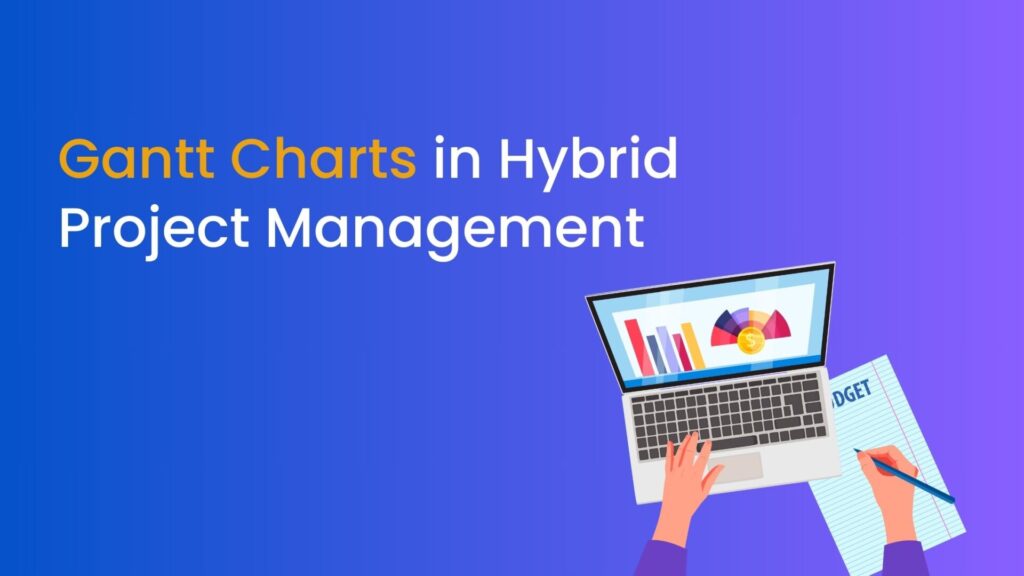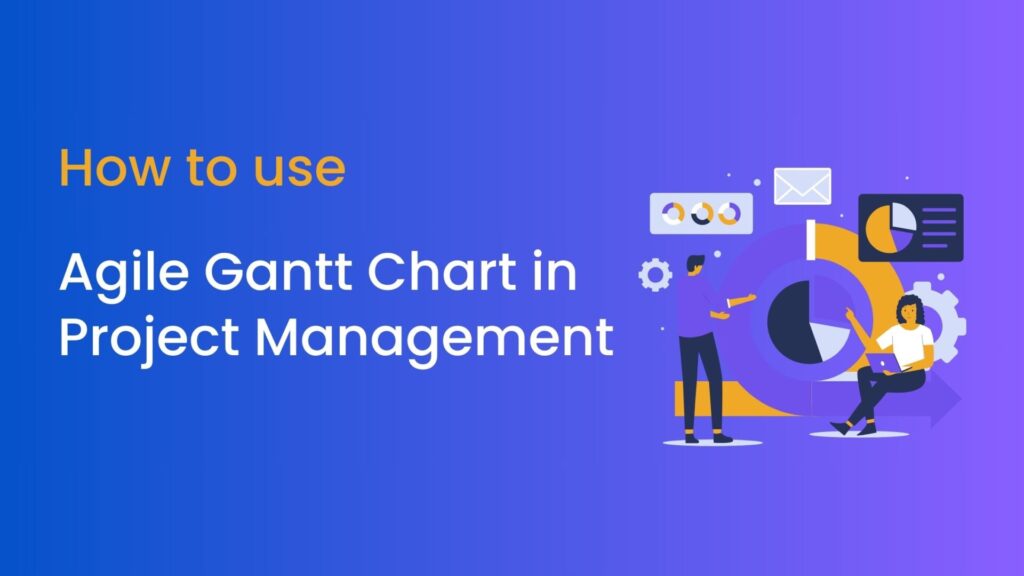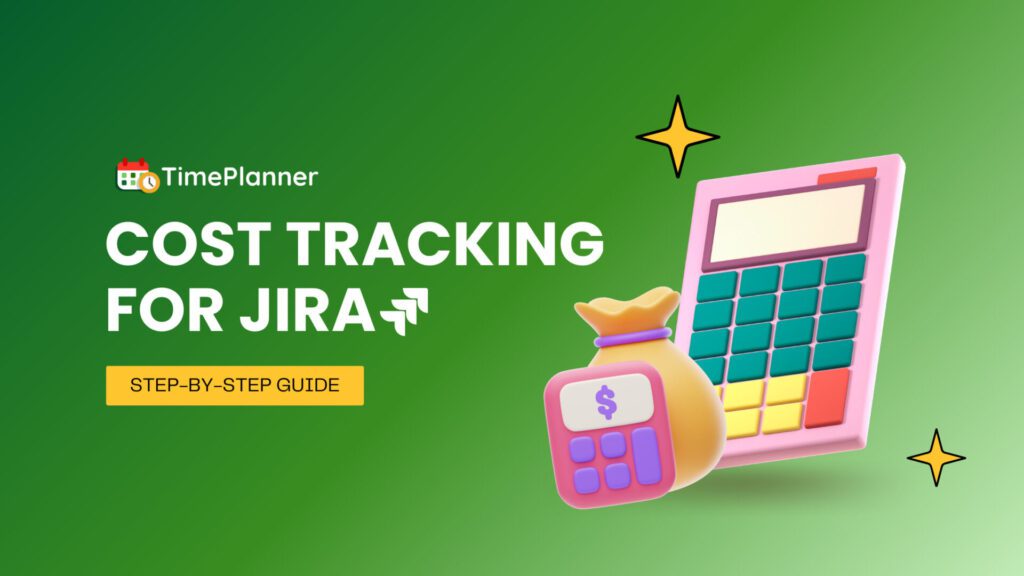Table of Contents
Rice Scoring & Framework (Reach, Impact, Confidence, Effort)
Do you feel overburdened by the amount of work you have to do? It’s not just you.
Choosing where to concentrate can be difficult. In fact, according to 39% of product managers, shifting project priorities is the primary cause of failure. Project management frameworks and models can be used to find characteristics that customers value.
However, a structured and quantifiable technique aids in product managers’ objective, data-driven trade-offs.
“Statista illustrates the methods applied in finished projects in businesses worldwide in 2018. In the poll, 47% of participants said that their company had finished projects using a predictive strategy in the previous 12 months.”
A prioritizing structure called the RICE scoring model aids product managers in selecting the features, products, and other projects to include on their roadmaps.
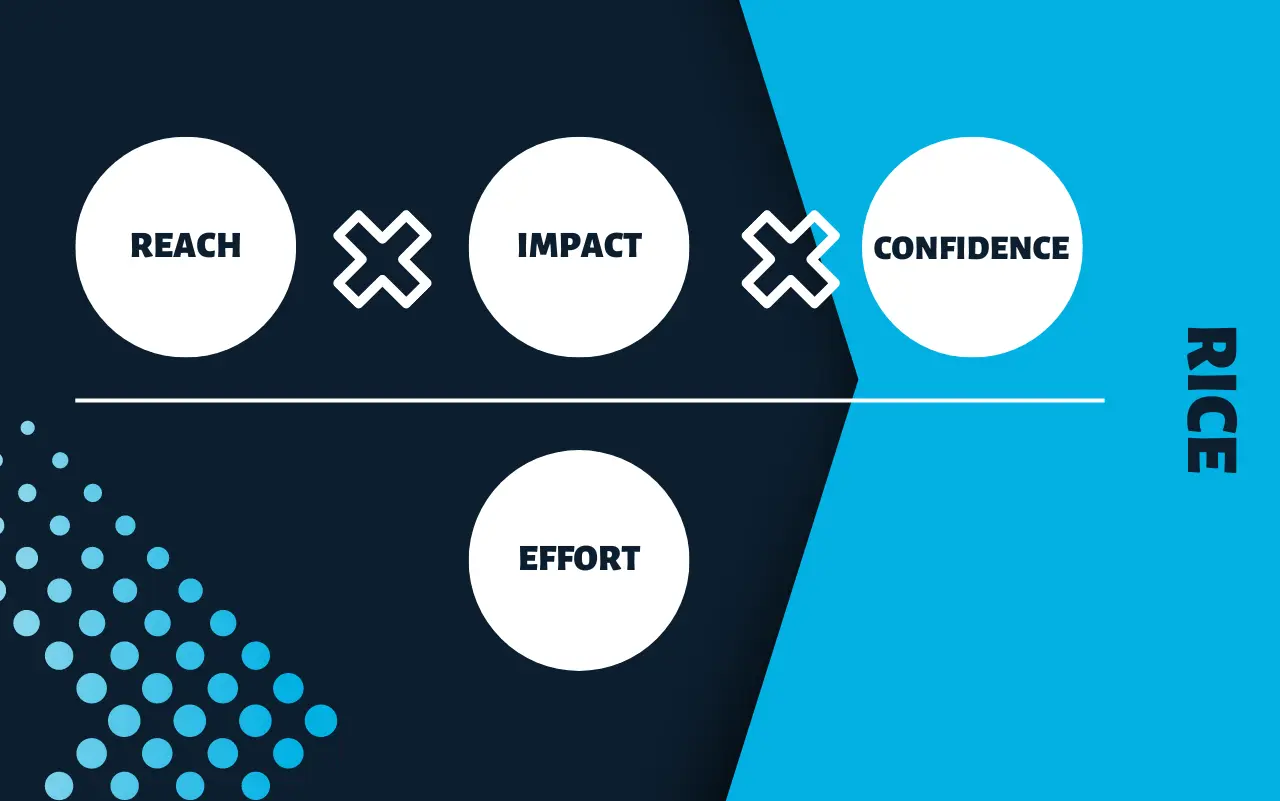
What is Rice Scoring Model?
RICE scoring is a framework for prioritizing or making decisions that aid product managers in determining what to construct from the pool of accessible product ideas and what is currently the greatest priority. This framework prioritizes effort overreach, impact, and confidence. The initials of these components employed in the model are used to create the acronym RICE.
How to Do Rice Scoring?
Once you’ve established your scores, it’s simple to figure out the final RICE model score.
For this, the formula is as follows:
RICE Score = (Reach * Impact * Confidence)/Effort
You would take up each initiative in the order of highest score first after you knew the score for each one.
Components of Rice Framework
RICE product management framework consists of four crucial components:
Reach
To determine your RICE score, you must first estimate the number of people your effort will reach in a specific period. You must specify the meaning of “reach” in this context and the time frame for your assessment. To determine reach, you can use client transactions, free-trial signups, or the number of current users who test your new product over any time. Using your estimate, you will determine your reach score.
Impact
This variable indicates how much your new feature or initiative will make it easier for customers to use your goods or services. Estimate each industry’s impact to concentrate on the sectors influencing your goal the most. The impact may reveal a:
- A qualitative objective
- A quantitative goal
Impact measurement can sometimes be challenging, even when utilizing a quantitative metric. This is because you may not always be able to identify your new project as the main or sole cause of your consumers’ actions. It will be challenging to gauge a project’s impact after data has been gathered, and doing so will also be tough.
Confidence
The confidence metric measures your level of confidence in your RICE score. You can think that certain characteristics won’t make much difference, but you don’t have any evidence to support your claims. When your team depends on intuition for a particular aspect in this situation, you assign a confidence percentage.
The confidence score, for instance, will help you consider this if facts support your reach estimate, but your effect score is more of a gut instinct or anecdotal evidence.
In other words, this aspect dampens enthusiasm for intriguing but vague concepts. The confidence factor enables you to account for situations where you believe a project could have a significant impact but lack supporting facts.
Effort
The amount of work your team would have to put in to create a feature is called effort. The denominator in the calculation we will examine in a moment is effort. In contrast, the effort is what you put in, whereas the benefits come from what you gain.
To quantify effort, you would need to estimate the resources required and measure in person months. Person months are used to calculate how much work a person can accomplish in a month. Therefore, the score would be 3 person-months if you took 3 months to complete one job while working alone. Consequently, you would calculate the work required for any project.
Why is RICE Framework Essential to Use?
RICE, in a nutshell, enables you to manage Agile projects with more informed choices. The scoring method assists in determining when to make the best trade-offs and reduces potential biases.
This application simplifies task prioritization. So teams can move forward with less oversight. Even when a project is already in progress, RICE makes it simple to arrange all incoming work requests without interfering with ongoing work.
RICE scoring asks users to defend their decisions when comparing their work and resource utilization to predetermined priorities.
Where does RICE Product Management Framework Fit?
RICE scoring can be used in different situations. Still, it works especially well for determining the relevance of each product feature and the sequence in which you should tackle projects (where some are critical while others are not).
For instance, as the year (or quarter) concludes, we frequently look forward to what we will do with great skepticism. In this situation, reviewing prior assumptions is useful and determining what will be most crucial in the coming time frame.
Challenges of Using the RICE Scoring Model
Here are a few challenges you can encounter while using the RICE framework:
- The biggest challenge is to build a strong team from the beginning. It is common for companies to end up with employees incapable of achieving future success.
- Another challenge is to identify the right RICE model for your business. There are so many different models that you need to decide which is best for your company before starting with it.
- After identifying your RICE model, you must implement it properly and ensure it works well for your business. The implementation process can be tedious and time-consuming, but if done properly, it can help your company grow faster and more efficiently.
Wrap-up of Rice Scoring
Teamwork is one thing that has given us the ability to scale. Without teams, we would not have been able to accomplish what we have by ourselves.
The RICE scoring model can assist a product team in swiftly developing a consistent framework for assessing the relative worth or importance of various project ideas. RICE might be worthwhile in your organization if you’ve had trouble with the other priority methods.
Having a ProSchedular scheduling tool makes it easier for you to manage your team’s work better.


